|
The legumes are exceptionally important plants of the grassland woodland ecosystem because they are a very important food source for animals. They produce nectar from the flowers and protein from the seeds (the peas and beans). The legume seeds (the beans and peas) tend to hold their protein content longer than the grasses and other forbs in late winter. In addition, they enrich the soil by their symbiosis with nitrogen fixing bacteria (rhizobia and other bacteria) within the root nodules of the plant. The rhizobia take nitrogen from the air and convert it to nitrogenous compounds, such as ammonia, nitrate and nitrogen dioxide usable by plants, including the host legume, and other organisms. Legumes represent the third largest terrestrial plant family on Earth, following the orchid and sunflower families. Coral Bean Erythrina herbacea Coral Bean, Erythrina herbcea, is one of the showiest bloomers on Wafer Creek Ranch. Known as Mamou in south Louisiana, other common names include coral bean and Cherokee bean. Its range is rather restricted to eastern Mexico, coastal Texas, Louisiana, and for the most part hugging the coast eastward on to Florida and South Carolina. Coral bean blossoms are excellent nectar providers to hummingbirds and some insects, but the shiny bright-red beans are highly toxic to humans. In north Louisiana coral bean grows like a perennial forb due to its sensitivity to freezing but farther south it will exist through the winter as a shrub or small tree. Desmodium sp.
Hairy (Bush) Lespedeza Lespedeza hirta Hairy Lespedeza, Lespedeza hirta, will serve here as the lespedeza prototype for our brief legume tour, mainly because it is a large (up to four feet tall) and showy plant. The lespedezas are generally upright, largely unbranching, vertical growing legumes with a narrow conformation. As with many, but not all, legumes, their leaflets grow in threes (trifoliate). Hairy lespedeza has a large range extending from Canada south through the southeastern U.S. and Midwest. The plant is quite special in that it serves as larval host plant to many moth and butterfly species. Plus, it’s a good nectar provider for insects. Pink Fuzzybean Strophostyles umbellata Hardly a presentation of the tallgrass prairie plant community would exclude the little Pink Fuzzybean, Strophostyles umbellata. The plant’s flower is distinctive having a somewhat umbrella shape and a twisted keel, the central-bottom part of the blossom. Common in the southeast and southern Midwest, the flowers are nectar providers for insects and the beans are food for wildlife. Pink Fuzzybean is a good example of a perennial legume forb that grows as a vine. Partridge Pea Chamaecrista fasciculata
Climbing Butterflypea Centrosema virginianum Climbing (or Spurred) Butterflypea, Centrosema virginianum is a common native perineal forb of open sunny areas with a range including the southeastern U.S., southern Midwest and extending far to the south including South America to Argentina. It is a vine legume and excellent for wildlife because of its nectar consumed by bees and its elongate seedpods eaten by birds and mammals. Sensitive Briar (Catclaw Briar), Mimosa nuttallii, is a creeping, thorny vine legume of the Midwest. It is a perennial and an important nectar provider for insects and the leaves and seeds are eaten by mammals and birds. The plants exhibit seismonasty, meaning the leaves are sensitive to touch, wind and darkness that causes the leaflets to fold. The flowers are interesting pink pompoms and the seedpods are unique, forming prickly “starfish” arrangements. Goat’s Rue, Tephrosia virginiana. Opal in background. Tephrosia virginiana, Goat’s Rue, is a high-C value perennial legume forb of the Midwest and eastern North America, and provides a food source for birds and mammals. Insects gather the nectar and several species of insect use it as a larval host plant. Unfortunately, goat’s rue is distinctly rare on Wafer Creek Ranch, but it would have been common in the historic grassland ecosystem of the shortleaf pine-oak-hickory woodland.
0 Comments
Leave a Reply. |
Johnny Armstrong, Author
#Biodiversity advocate. Ecosystem Restorationist. Steward of an old-growth forest and woodland in northern Louisiana. #ForestFolkMatter #ScienceMatters Rescuing Biodiversity (publishing in June 2023) tells the story of Johnny's attempts at Wafer Creek Ranch to preserve a vanishing Louisiana ecosystem and restore the animal and plant species that once lived there.
“An avowed student of life and restoration ecology, Johnny Armstrong expertly teaches us how to restore an imperiled southern ecosystem based on deep research, firsthand experience, and delighted observation of the species that return to his beloved Wafer Creek Ranch. Driving his devotion is the alarming truth that loss of biodiversity poses a threat on par with climate change and his impassioned belief that society can alter that trajectory, one acre at a time.”
Cindy Brown, Executive Director Land Trust for Louisiana “Up there on your bookshelf between Tolkien and Watership Down is where this book belongs. As an anthropomorphic adventure that winds through the realm of animals possessing courage, savagery, perseverance, and ultimately wisdom in the face of mounting evil threats – humans disconnected from the natural world – the tale is relevant, if not necessary.”
Kelby Ouchley, Author Bayou Diversity: Nature & People in the Louisiana Bayou Country Find an Indie Bookstore
Archives
September 2023
Categories |
CONNECT WITH JOHNNY & THE FOREST-FOLK
JOIN US AT THESE SOCIAL NETWORKS
Shadowshine, An Animal Adventure
by Johnny Armstrong ISBN-10: 1771834609 ISBN-13: 978-1771834605 #ForestFolkMatter #BookstoRead #Fiction #Literature #LiteraryFiction #AnimalFiction |
|
Official Site of Shadowshine, An Animal Adventure ©Johnny Armstrong
Website Developed and Managed by Freelance Creative Support Services
Website Developed and Managed by Freelance Creative Support Services

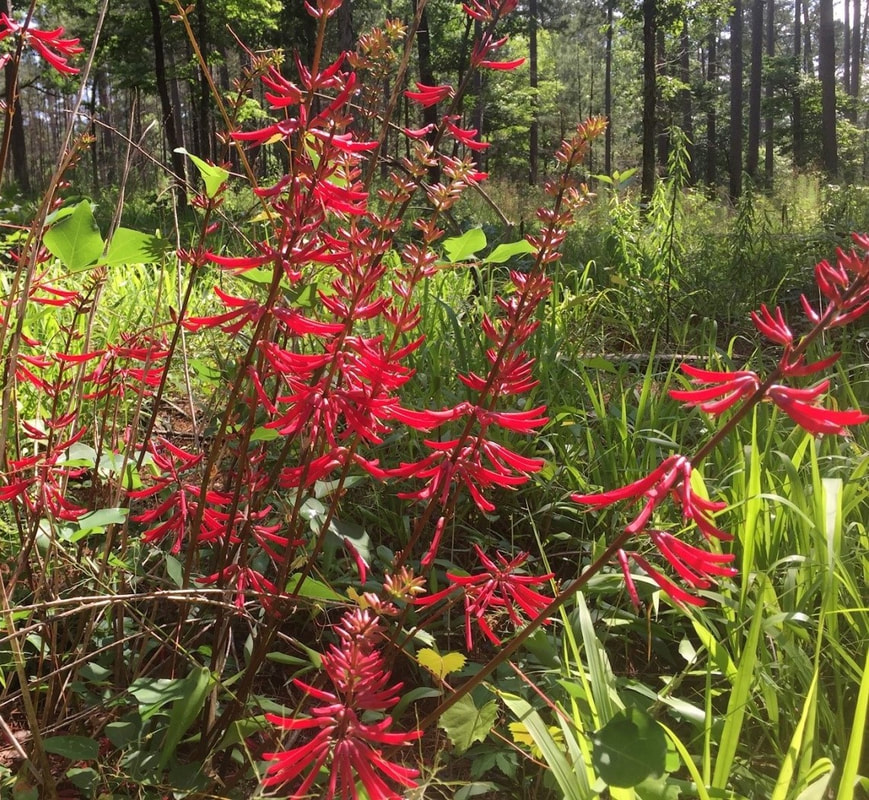
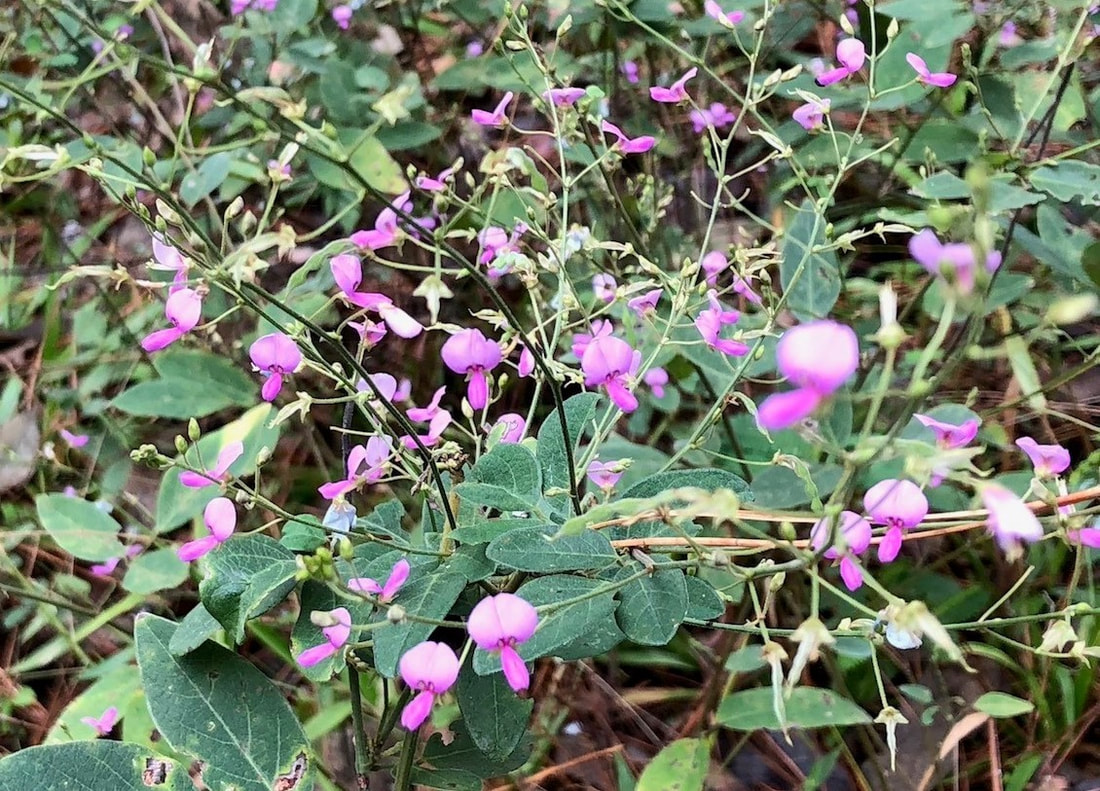
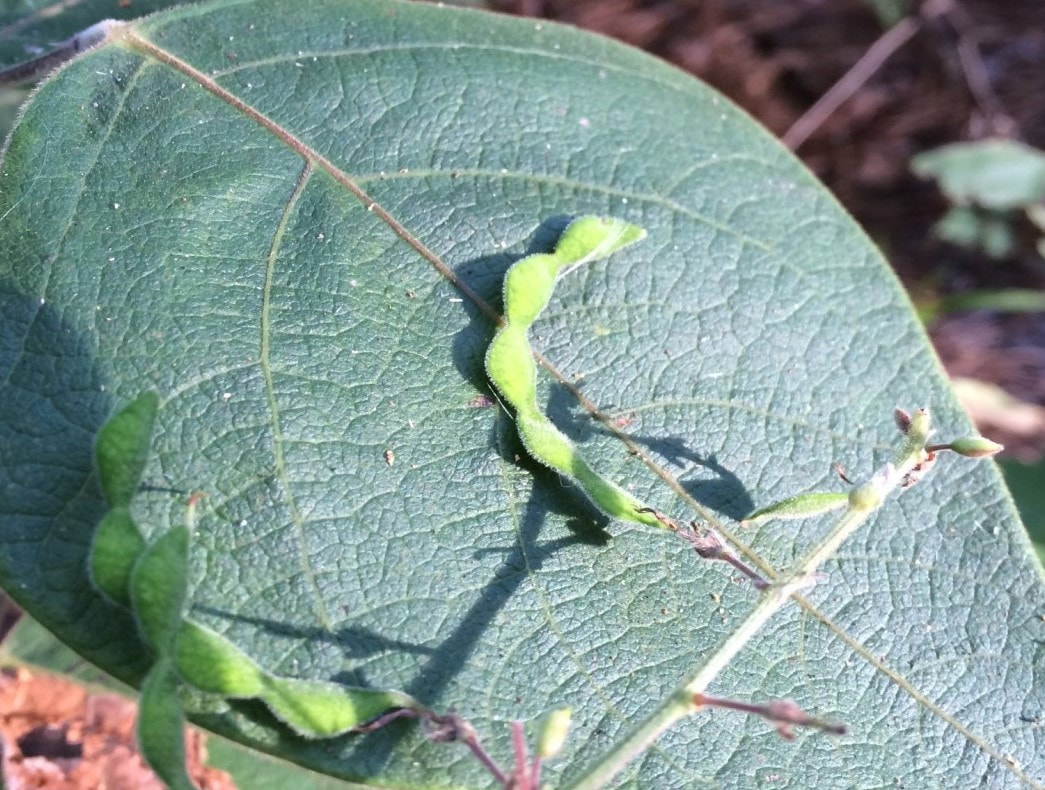
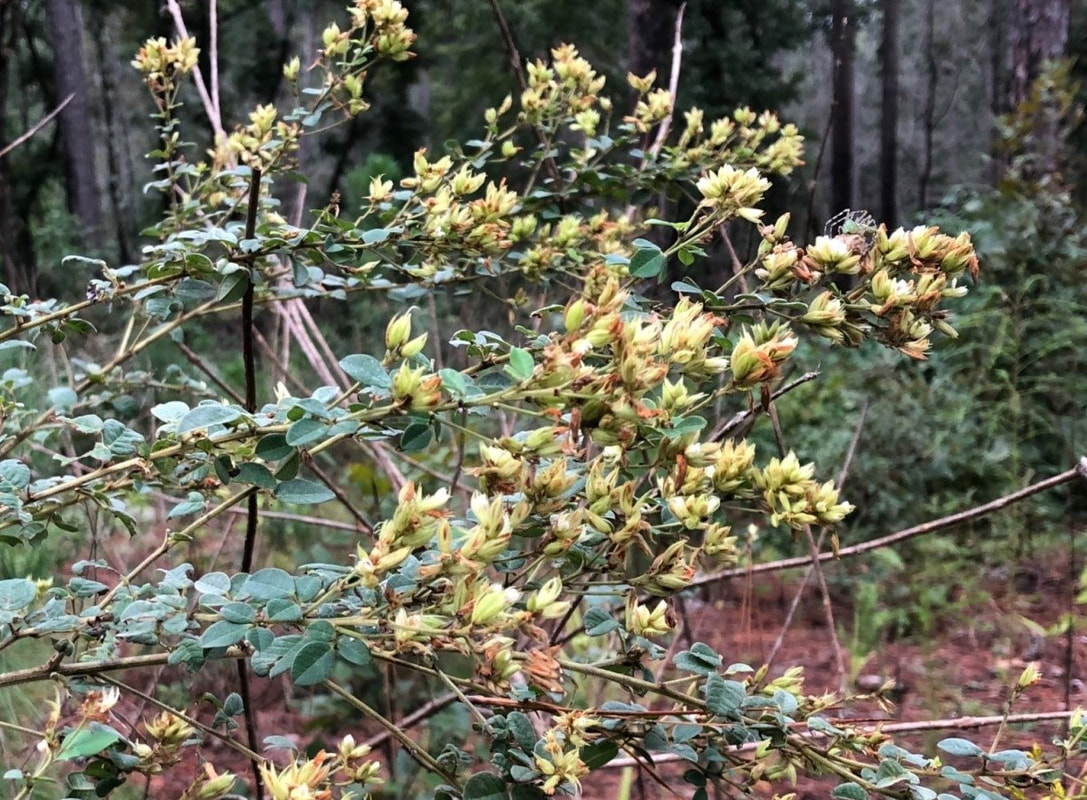
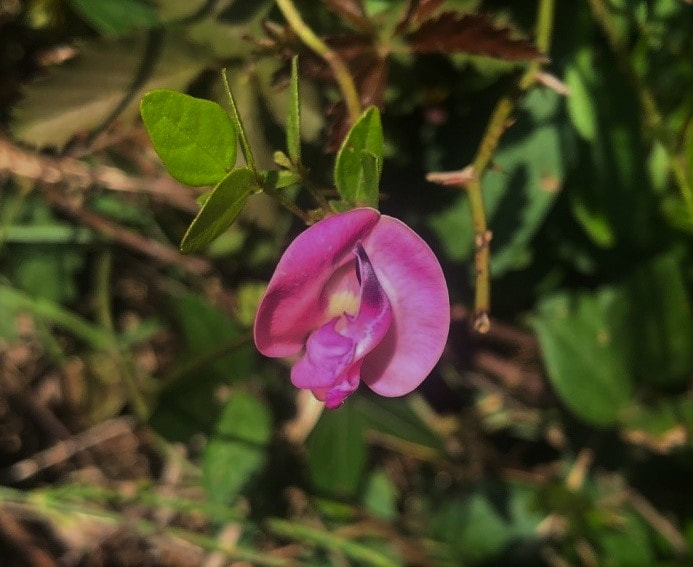
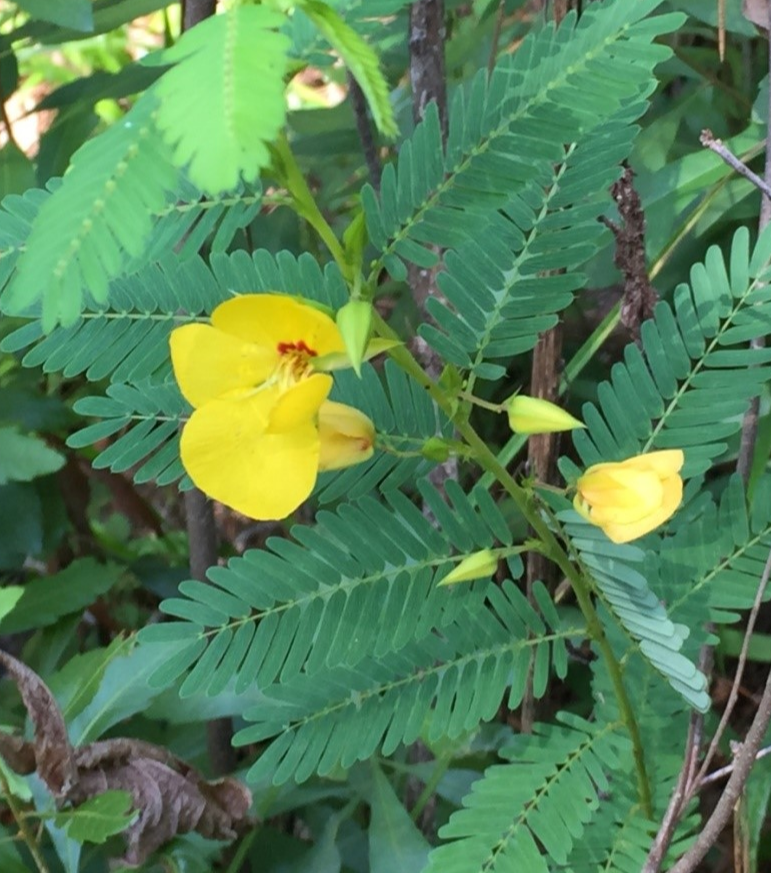
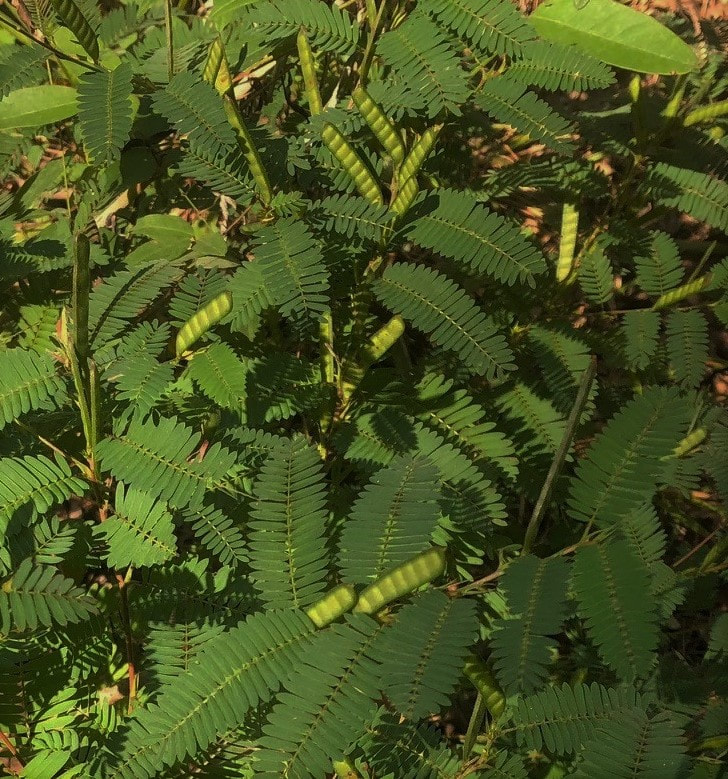
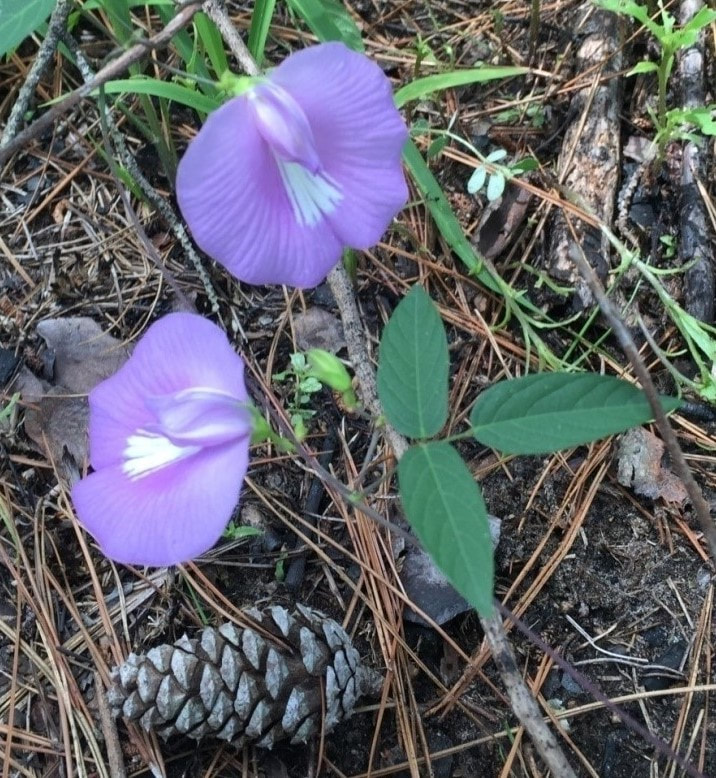
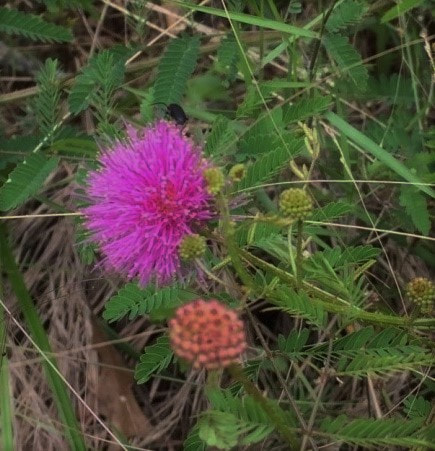
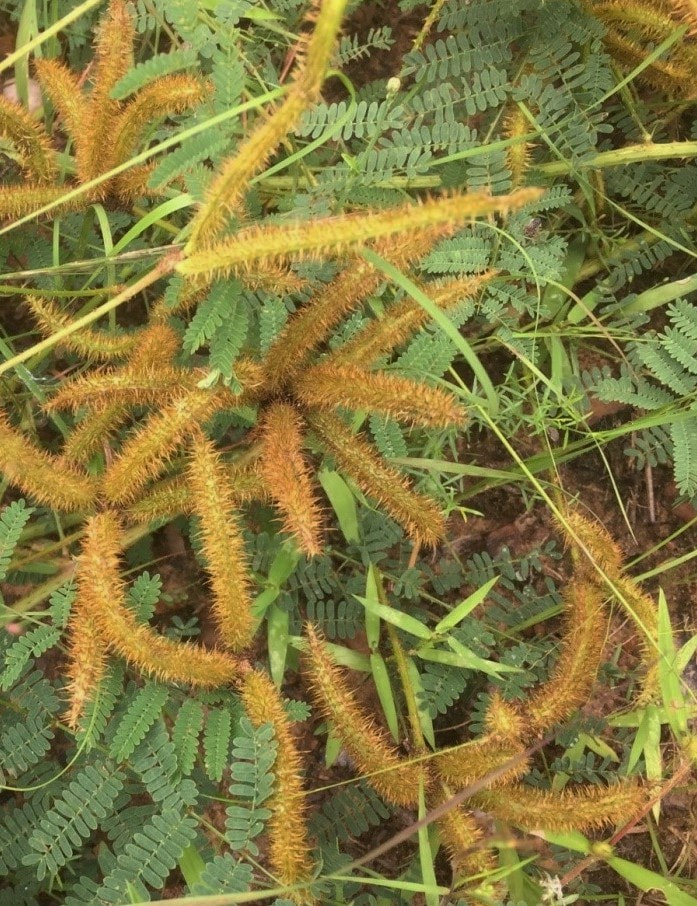
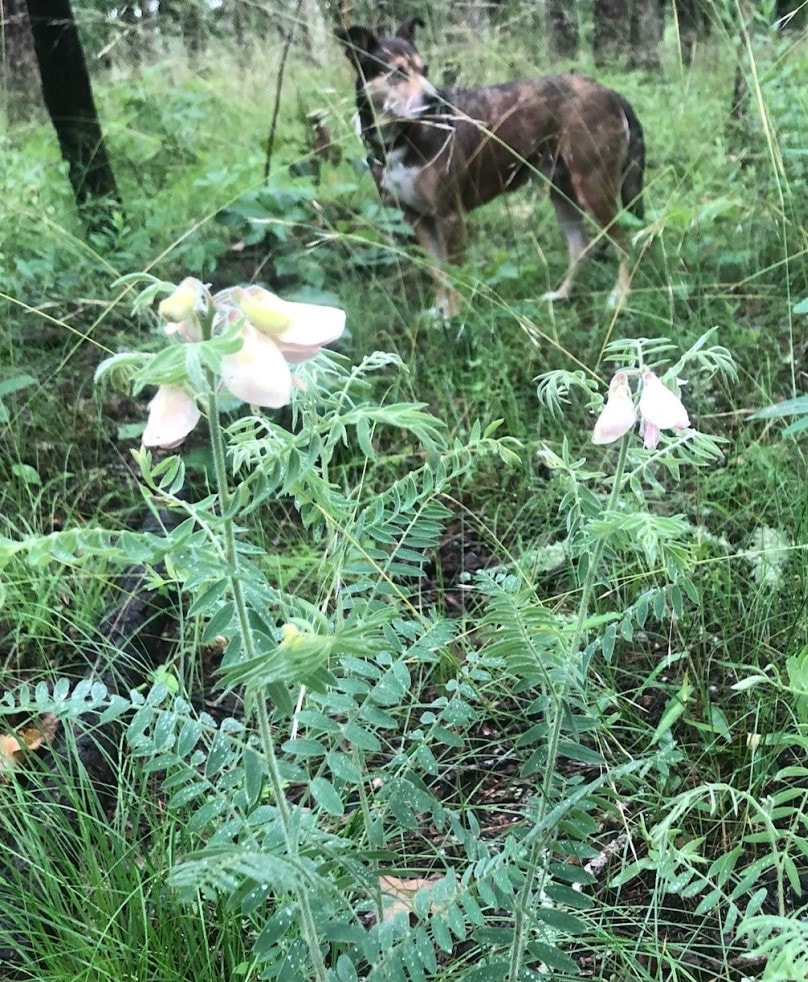

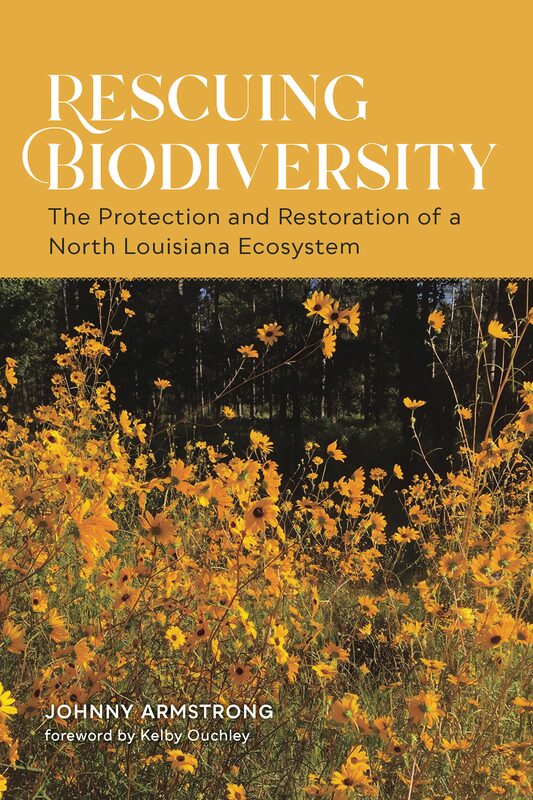
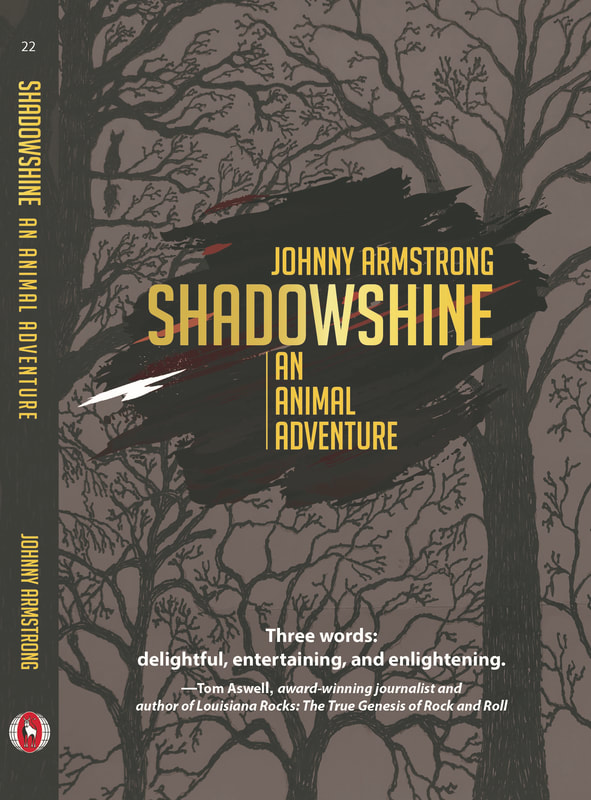

 RSS Feed
RSS Feed
